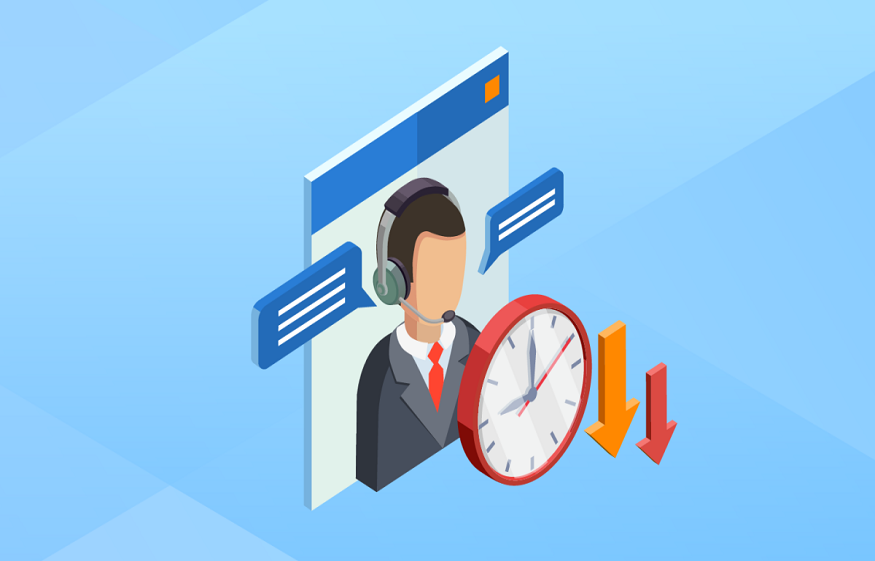Reducing server response time can greatly benefit you in the long run by providing faster and more efficient website performance. A fast server response time is crucial for a positive user experience and can help improve website engagement and conversions.
One of the most important factors that can assist you in improving your server response time is a stable internet connection. Offers such as CenturyLink Internet Deals come with maximum reliability, higher speed options, and unlimited data allowance. Characteristics like these will only help you optimize your experience.
Now that you have a robust internet connection, it is time for you to explore some more aspects of improvement. Here are some top tricks and tips that can help you maintain your server and reduce its response time:
Use a Content Delivery Network (CDN)
A Content Delivery Network (CDN) is a network of servers that delivers cached static content to users based on their geographic location. By utilizing a CDN, you can reduce server response time by distributing the load of serving static content to multiple servers.
This can reduce the latency and improve the overall speed of your website. Moreover, a CDN can also provide added benefits such as improved security, enhanced reliability, and improved scalability. If you already have a stable and reliable internet connection from providers like CenturyLink, it will be easier for you to maintain the CDN.
Minimize HTTP Requests
Minimizing HTTP requests is one of the most effective ways to reduce server response time. Each time a browser requests a file from the server, it incurs a certain amount of latency. By reducing the number of HTTP requests, you can reduce the latency and improve the speed of your website.
Some ways to minimize HTTP requests include:
- Combine multiple files (CSS, JavaScript) into a single file.
- Use CSS sprites to reduce the number of image requests.
- Minimize the use of images and media.
- Use inline images or data URIs where possible.
- Use a tool like a gulp or grunt to automate the process of minimizing HTTP requests.
By following these tips, you can reduce the number of HTTP requests made by the browser and ultimately reduce the server response time.
Use Gzip Compression
Gzip compression is a method of compressing files before they are sent from the server to the browser. By compressing the files, you can reduce the amount of data that needs to be transferred and reduce the server response time. The browser then decompresses the files, which allows the page to load faster.
You can also use a plugin, such as WP Fastest Cache, to enable Gzip compression in your WordPress website. By using Gzip compression, you can improve the load time of your website, reduce server response time and enhance the overall user experience.
Optimize Images and Other Media
Optimizing images and other media is an important step in reducing server response time. Large, non-optimized images can significantly slow down your website and increase server response time.
Some tips for optimizing images and media include:
- Resize and crop images to appropriate dimensions.
- Compress images using tools such as TinyPNG or JPEGmini.
- Use next-gen image formats like WebP.
- Serve scaled images, using CSS to adjust their size, instead of using large images that are scaled down.
- Avoid using heavy animations and videos on your pages.
- Use lazy loading for images to defer loading images until they are needed.
By following these tips, you can reduce the size of images and media and ultimately reduce server response time.
Minimize the Use of Plugins and Extensions
Minimizing the use of plugins and extensions can help reduce server response time. Each plugin or extension you add to your website requires additional processing power from the server, which can slow down your website and increase server response time.
Here are some tips for minimizing the use of plugins and extensions:
- Use only the plugins and extensions that are essential for your website.
- Use lightweight plugins and extensions that have a minimal impact on server performance.
- Keep plugins and extensions up to date to ensure that they are performing optimally.
- Remove plugins and extensions that are not being used or are causing performance issues.
- Monitor your website performance regularly and make adjustments as necessary.
Use Caching Techniques
Caching is a technique used to store frequently accessed data in a temporary storage area, such as the browser cache or server cache, to reduce server response time. By caching data, you can reduce the amount of data that needs to be transferred from the server to the browser, which can improve the load time of your website.
Here are some tips for using caching techniques:
- Implement browser caching by adding cache-control headers to your website.
- Use a caching plugin, such as W3 Total Cache or WP Super Cache, for WordPress websites.
- Use server-side caching, such as Memcached or Varnish, for high-traffic websites.
- Minimize the use of dynamic content and frequently update cache data.
Optimize Database Queries
Optimizing database queries can significantly reduce server response time. Slow database queries can significantly slow down your website, increase server response time and negatively impact user experience.
Here are some tips for optimizing database queries:
- Use indexes to optimize query performance.
- Minimize the use of complex queries.
- Use caching for repeated queries.
- Use efficient data structures, such as arrays and dictionaries, to store data.
- Avoid using excessive joins or subqueries.
- Use database optimization tools, such as MySQLTuner or PHPMyAdmin.
Upgrade to Faster Hardware
Upgrading to faster hardware can help reduce server response time. A slow server can significantly impact the speed and performance of your website, leading to longer load times and decreased user experience.
Here are some tips for upgrading to faster hardware:
- Upgrade to a more powerful CPU and more RAM to handle increased traffic and processing demands.
- Use solid-state drives (SSDs) instead of traditional hard drives for improved disk I/O performance.
- Consider using cloud-based solutions, such as Amazon Web Services (AWS) or Google Cloud, for increased scalability and performance.
- Use a load balancer to distribute traffic across multiple servers, which can help reduce server response time during peak traffic periods.
By upgrading to faster hardware, you can improve the performance of your website, reduce server response time and enhance the overall user experience.
Use A PHP Accelerator
Using a PHP accelerator can help reduce server response time. PHP accelerators cache compiled PHP code in memory, reducing the amount of time required to parse and execute PHP scripts. This can significantly improve the performance and speed of your website, reducing server response time.
To use a PHP accelerator, simply install and configure the accelerator on your server. After installation, you may need to modify your PHP configuration file to enable the accelerator. By using a PHP accelerator, you can improve the performance of your website and reduce server response time.
To Narrow It Down
Continuously working on reducing server response time is crucial for maintaining a fast and efficient website. By doing so, you can ensure a positive user experience, improve website engagement and conversions, and stay ahead of the competition. It’s important to regularly review and implement best practices and optimizations to keep your website’s performance at its best.
A strong and reliable internet connection is indeed essential for supporting improved server performance and ensuring consistent website performance for your users. You can always opt for CenturyLink Internet Plans and improve your server responses with reliable internet connectivity.




